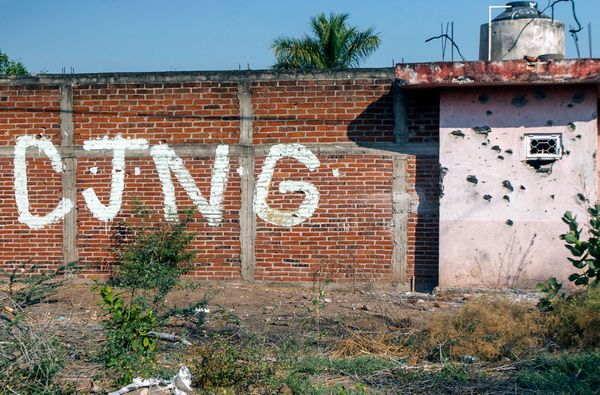
The number of people facing murder and manslaughter charges despite not being the principal offender has risen significantly, amid official warnings about the use of joint enterprise laws.
Nearly 1,000 people have been charged and more than 600 convicted in the past five years in England and Wales even though they may not have been physically responsible or present at the crime scene.
The convictions involved a controversial, centuries-old legal doctrine called joint enterprise, which allows for people to be found guilty of a crime even if they did not take an active role. It had led to people who did not even see the crime take place being given life sentences for murder.
In 2016 a supreme court ruling warned that the use of joint enterprise had “taken a wrong turn” and it had been incorrectly applied for over 30 years. The ruling led many to hope that the police and the Crown Prosecution Service (CPS) would change the way it pulled multiple people into the same criminal charges.
However, data obtained by the Guardian shows that rather than decreasing, the numbers have risen higher than at any time in the past 10 years.
The data shows that 28% of all those convicted for murder and manslaughter between 2020-21 and 2022-23 were secondary suspects, compared with 19% in the same period 10 years earlier. The proportion of those charged who were secondary suspects was up, too, from 27% to 36%.
The data also shows that nearly a third (31%) of those convicted of murder as a secondary suspect were Black. Black people make up just 4% of the population.
A CPS six-month pilot scheme to collect data on joint enterprise found that Black people and children were being disproportionately drawn into charges as secondary suspects, where they may have played no active role.
Helen Mills, the head of programmes at the Centre for Crime and Justice Studies, said the Guardian’s figures were concerning.
“Whatever else the supreme court ruling has done, it does not appear to have affected the overall use of joint enterprise. The laws regarding joint enterprise are still vague, wide in scope, operate without clear thresholds, and have racialised outcomes … They overcriminalise and overpunish, particularly young Black men and boys,” she said.
The Guardian also found that children were consistently being pulled into joint enterprise charges as secondary parties. Twenty-one police forces provided details of the ages of those charged with murder and manslaughter, which showed that 22% were children aged between 14 and 17.
The findings come as four teenagers were found guilty of the killing of a teenage boy in Manchester. Kennie Carter was stabbed by one boy, then aged 14, who cannot be named for legal reasons. Despite there being no dispute over who wielded the knife, nine others were on trial for the same crime, some of whom were 12 and 13 at the time. The CPS argued that their presence at the scene had been an encouraging factor.
After jury deliberations lasting more than 52 hours, the boy who wielded the knife was found guilty of murder while three others were convicted of manslaughter. Three of the four were 14 at the time, the other 16. The other six teenagers were acquitted.
Gloria Morrison, the founder of the campaign group Joint Enterprise Not Guilty by Association (JENGbA), said: “The idea we are locking up young people that have their whole lives ahead of them, who haven’t played any real role in a crime, is incredibly depressing.”
Missing data
Data on the use of joint enterprise is hard to find. The Home Office’s data on secondary suspects gives some insights into how often multiple people are drawn into murder and manslaughter convictions, but the lack of detail means it can provide only indicative rather than concrete figures.
Last year, after a long legal challenge by the campaign groups JENGbA and Liberty, the CPS finally agreed to start collecting more accurate data on the use of joint enterprise. The data shows Black people are 16 times more likely than white people to be prosecuted using joint enterprise.
Speaking after the results were published in September 2023, Baljit Ubhey, the CPS director of strategy and policy, said: “We will continue to monitor these cases carefully so that we can ensure that we are prosecuting joint enterprise homicides and attempted homicides appropriately.”
When the Guardian asked for updated figures, we were told that the data collection had been paused from September 2023 and resumed only in April 2024, leaving six months unaccounted for.
A CPS spokesperson said: “The pilot scheme to monitor joint enterprise homicide prosecutions provided useful insight to shape and design a national monitoring scheme in this area. Given stakeholder feedback, it was vital that our full scheme was fit for purpose and will allow us to carefully consider and scrutinise our approach to these prosecutions.”
Morrison called the pause in data collection concerning. “Why would you do that? If in the past they have agreed something has gone wrong, why stop collecting the data unless you are trying to cover up something you don’t want to know.”
The CPS plans to release new figures to the public in the summer of 2025.







